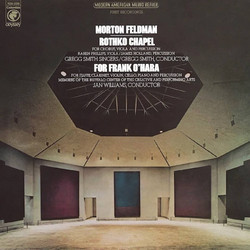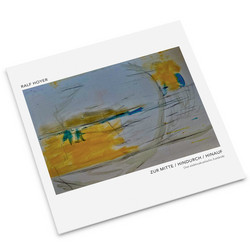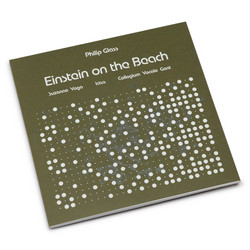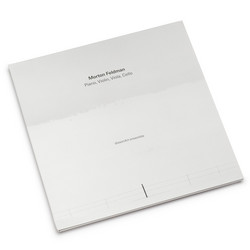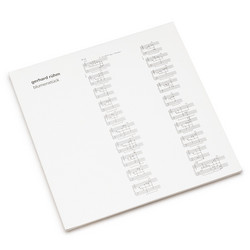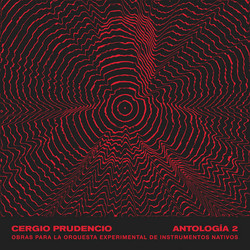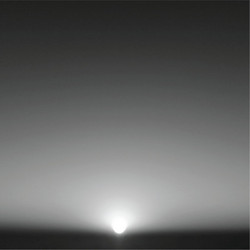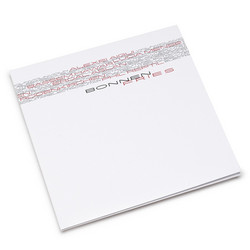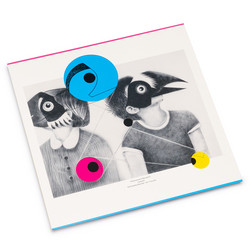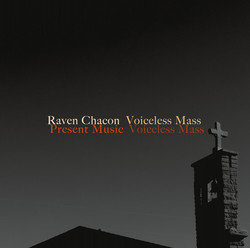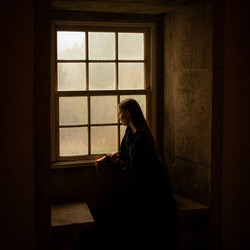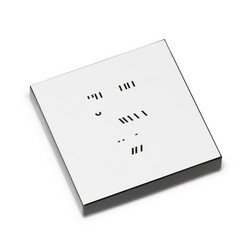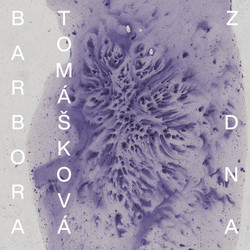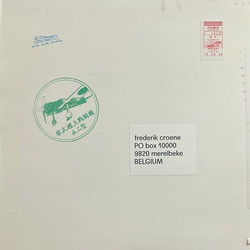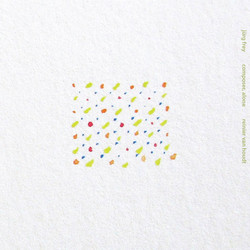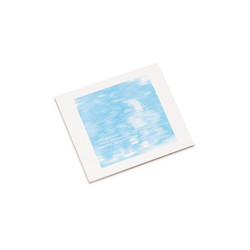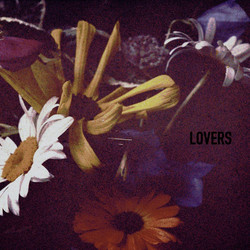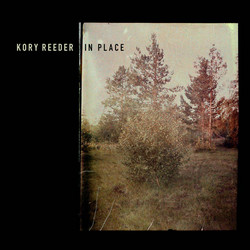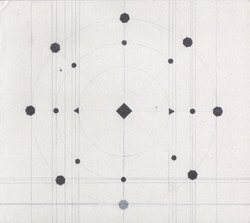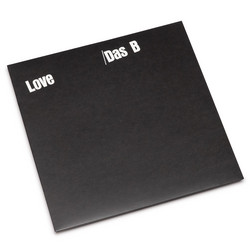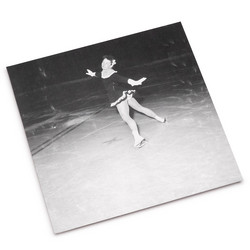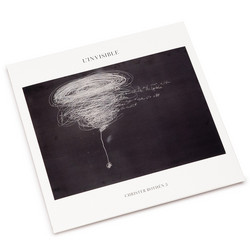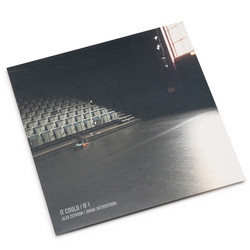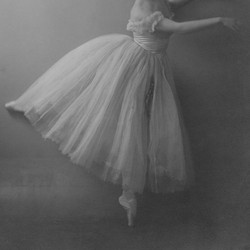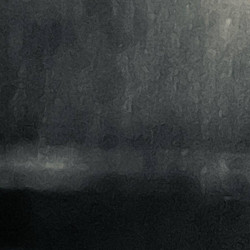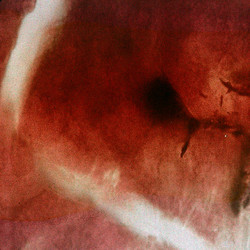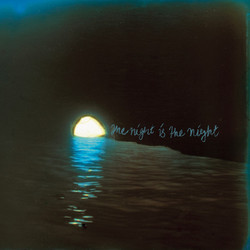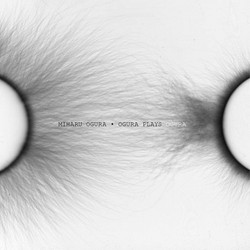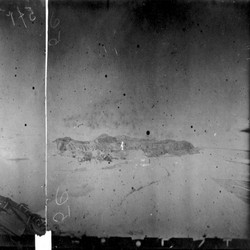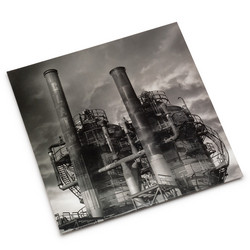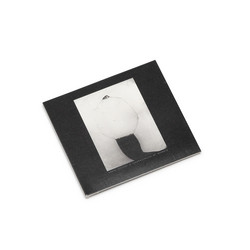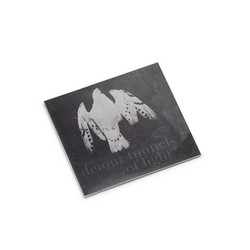*The only edition ever released that has all his piano works collected* The piano has been with Lachenmann almost throughout his composing life of seven decades. Yet the instrument is by no means always the same. Lachenmann’s determination has been to go on finding new possibilities – almost a new voice for the piano in every piece, a voice with which it can speak that piece, as it has not spoken before.
Perhaps the Schubert variations of 1956 could be understood as a farewell to traditional piano sound – a farewell made at the age of twenty. Already, though, there are characteristic features in the sonic inventiveness, the humour, and how the model is treated abruptly at times but always with care. The young Lachenmann seems to be simultaneously delighted by and infuriated with the constant whirling motion of the original – a dance in C sharp minor from 1819, D. 643 No. 1 – and its metrical regularity. Brusque and noisy as the first, third and fourth variations are, the last is like a footprint in the sand, almost washed away.
This close, with its sustained resonances, left an invitation the composer answered six years later in Echo Andante, where very often the performer’s actions are engaged only for the traces they leave: harmonies and colours hanging in the air. Innovation, characteristically, goes along with tenderness. There are chords, melodic strands and even cadences that arise as if having floated away from their moorings in music of the past. A vast cloud extends itself – but a cloud that is full of sharp, pregnant detail – and disappears as the dynamic level fades in steps to pppppppp. How long it stays will depend partly on acoustic conditions; the suggested duration for the piece of twelve minutes is probably to be regarded as a minimum.
Much shorter, Wiegenmusik (Cradle Music) was written the following year, when the Lachenmanns had their first child, but it also rocks us back – shakes us, as well – to former musical times, whose splinters and shadows (resonances are crucial here once more) appear within a new discourse. The composer wrote this note for the first performance, which he gave himself at Darmstadt in 1964: ‘Cradle Music (not “Cradle Song”) is determined by a structure of multifariously branching arpeggio figures, often stretched far apart, often drawn tightly together. After the compressions of the opening, it comes closer and closer toward a state of complete rest: “sleeping child”, almost as a psychogram.
Guero (1969) is another compact étude, named after a Latin American percussion instrument: a hollow, ridged object scraped with the fingernails, rather in the way that grasshoppers and crickets make sound. Here the piano becomes such an instrument, with manifold possibilities. The player’s fingers are drawn across the keys, the tuning pegs or the near ends of the strings, or those parts of the piano are briskly tapped. Mostly soft sounds result, with a faint aura of the piano’s reverberant body.
We are asked back to observe a child again – an inner child, too – in Ein Kinderspiel, which Lachenmann wrote in 1980 for his son David (now a prominent art dealer). The seven miniatures are composed so that young pianists could perform them, but the music does not underplay what the world of a child might encompass. Simplicity is found not by forgetting but by moving to the edges – the edges, not least, of the keyboard, for much of the activity takes place in the extreme treble with resonances in the extreme bass, where the keys of the bottom octave of the piano are often silently depressed, so releasing the corresponding strings to reverberate. Qualities typical of Lachenmann’s music – intensity, exquisite noise, astonishing innovation, playfulness – are present here as much as in his other works. Hansel and Gretel, we may remember, leave a trail of breadcrumbs through the woods. The ‘icy moonlight’ depends on quick, intermittent pedal effects, ‘Akiko’ (named after the composer’s daughter) on the use of the sostenuto pedal to capture – or not – the notes of tunes skipping by. In the remarkable ‘Filter Swing’ the pianist’s fingers hold on to certain notes, which are thus filtered out of the struck clusters.
Lachenmann wrote Serynade (1997–8), much the biggest of his solo piano works, for his second wife, Yukiko Sugawara, bending the spelling to accommodate her first initial. As to why this is a serynade and not a synata, the answer perhaps comes from the number of sections (seven), which are played without a break, and from the sparkle that is in this music as well as the solemnity.
Like Echo Andante, Serynade is an essay in resonance, but a more spectacular one, thanks to the further exploration of what can be achieved by holding on to notes, releasing them at different times, silently depressing keys while sounding other notes, and accompanying loud notes with much quieter chords, all in combination with using the sustaining and sostenuto pedals. In the first section, ‘Allegretto capriccioso’, the piano discovers its inner organ as the resonances from chords – mostly dense but light-filled – and clusters are surprisingly altered. Bursts of toccata interrupt and then are combined with this material. The short second section, ‘Calmo, quasi misterioso’, is made mostly of quiet chords in the bass register, the third of lightning figuration that settles into insistent repetition. A chord from the first section then returns for a survey of resonance possibilities obtainable from the same repeated harmony, which is moved aside by clusters. These in turn depart, to leave just the noise of the left pedal until the music starts to reassemble itself. The fifth section is a brief interlude of delicate reverberations from the bass, before brilliance in the sixth descends into fury. A completely new kind of sound then conducts the music towards its finale, ‘Andante calmo’.
In a way, this is where the story ends. Lachenmann began the new century with a succession of major works, but after Got Lost (2007–8) – another big composition for piano, but for soprano as well – the solid creativity he had maintained for half a century left him, or he left it, and he spent a full decade on My Melodies for eight horns and orchestra. For an artist keenly alert to the world situation, recent years have not encouraged the hope and the inspiration he had been conveying: hope for change, inspiration to change. What could he do now? In 2016–17, shortly before he completed My Melodies, Lachenmann gave his answer in Berliner Kirschblüten (Berlin Cherry Blossom) and Marche fatale. His piano could no longer speak, only laugh. Bitterly. Heartily. Until the end, that is." – Paul Griffiths

